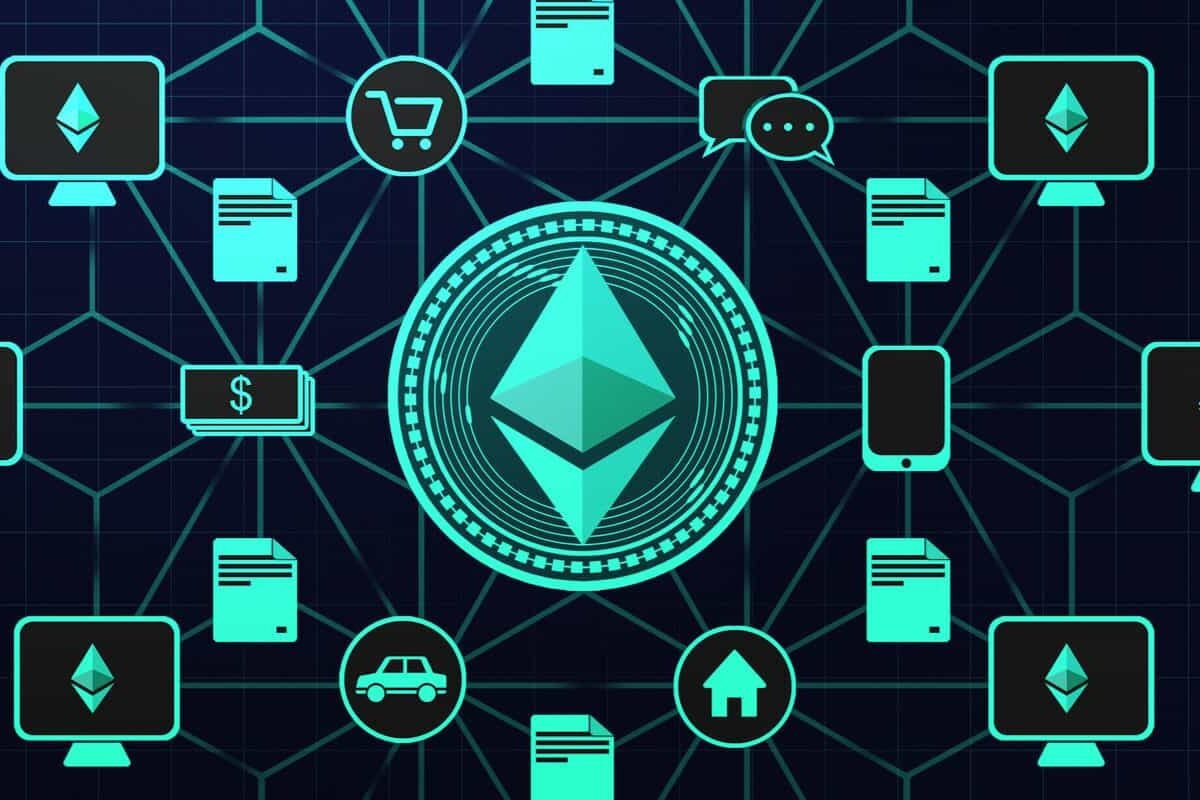Alright, let’s talk about middleware and why it’s so important when you’re working with decentralized applications, or DApps. Imagine you’ve got this amazing idea for a DApp—something that uses the power of blockchain technology to create a transparent, secure, and maybe even revolutionary platform. But here’s the thing: blockchains are complex systems with a lot of moving parts, and it’s not always easy to get them to play nicely with your user interface. That’s where middleware comes in.
Think of middleware as the bridge that connects the intricate world of blockchains to the more user-friendly realm of interfaces. Without it, you’d have a tough time making sense of all that blockchain data or getting it to interact with the real world. It has a few key components, each serving a unique purpose to make your DApp run smoothly.
First, you have indexers. These are like super organizers. They sift through all the data on the blockchain and arrange it in a way that’s easy to access and understand. So, when you’re looking for specific information, like transaction history or user data, indexers help you find it quickly without having to dig through a mountain of blockchain blocks.
Next, you’ve got Remote Procedure Calls, or RPCs for short. These let your DApp communicate with the blockchain as if it were a local network. So, instead of dealing with the complexity of the blockchain’s underlying structure, you can interact with it like you would with any other service on your device. It’s like a secret handshake that makes sure your DApp and the blockchain are on the same page.
To address these concerns, the Web3 community is actively developing alternatives to reinforce the decentralization of the middleware layer. These efforts ensure the infrastructure remains robust and true to the decentralized ethos.
DApp developers can benefit from decentralization without compromise: Here’s how
But that’s not all. Middleware also includes oracles and decentralized data storage services. Oracles are fascinating—they act as intermediaries that bring real-world data onto the blockchain. So, if your DApp needs information like weather forecasts, sports scores, or even stock prices, oracles are the way to go. They ensure that your blockchain-based app stays connected to the real world.
And then there are decentralized data storage services. These are like secure storage units for all your valuable data. Rather than relying on traditional centralized storage, these services distribute data across the blockchain, keeping it safe and accessible. This way, your DApp can store and retrieve information without compromising security or decentralization.
So, you see, middleware is like the unsung hero of the blockchain world. It takes care of all the complicated stuff behind the scenes, allowing you to focus on building a DApp that’s engaging, reliable, and connected to the world. With middleware handling the technical heavy lifting, you can create amazing applications that tap into the power of blockchain without getting bogged down by its complexities.
Additionally, if you’re into blockchain and decentralized applications (DApps), then you know how crucial it is to have a robust infrastructure. Well, that’s where SubQuery comes in, offering a scalable and unified data platform that’s totally in sync with the vision of a decentralized future.
What’s cool about SubQuery is that it’s not just another infrastructure provider—it’s designed with developers like you in mind. They’ve put together a whole suite of tools that make it way easier to create DApps without having to worry about sacrificing speed, flexibility, or efficiency. So, whether you’re working on a new project or enhancing an existing one, SubQuery has got your back.
What really sets them apart is their global reach. They support over 160 networks, and it’s not just limited to the usual suspects within the Ethereum Virtual Machine (EVM) family. This wide-ranging support means you have the freedom to work with a variety of blockchain technologies, without getting bogged down by compatibility issues.
In short, SubQuery is all about empowering developers like you to bring your DApp ideas to life. So, if you’re looking for a reliable, scalable platform that aligns with the decentralized ethos, you might want to check them out. It’s like having a toolkit that grows with you as you explore the endless possibilities in the blockchain world.
So, if you’re into Web3, you might have noticed this big push toward decentralizing middleware. Basically, the whole idea is to make the digital world more open, more secure, and easier for regular people to use. It’s like they’re laying the groundwork for a future where you don’t have to worry about big tech companies controlling everything.
As you get deeper into Web3, you’re probably going to see a lot more options popping up for developers. This is great because it means there’s room for more innovation, more creativity, and hopefully some really cool new applications. Plus, when the tech is spread out and not all in one place, it’s harder for any one entity to mess with it or control it. That’s the beauty of decentralization—it gives power back to the community, to people like you.
The best part? As these new tools and platforms come online, it’s going to be a lot easier for regular folks, not just tech wizards, to jump in and be part of the Web3 movement. Whether you’re into coding or just curious about what this new digital landscape might look like, it’s exciting to think about where this could all lead.
So yeah, keep an eye on all the new stuff coming down the line. If you’re into tech, this is definitely the place to be, and if you’re just getting started, there’s never been a better time to explore. Web3 is all about breaking down barriers, and you’re right in the middle of it.





